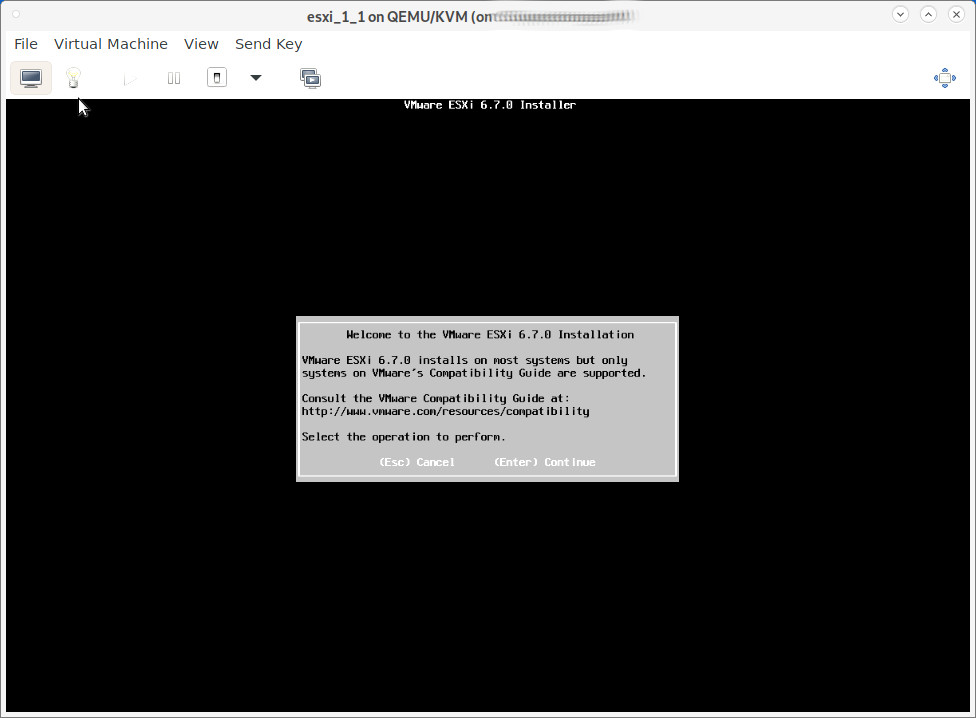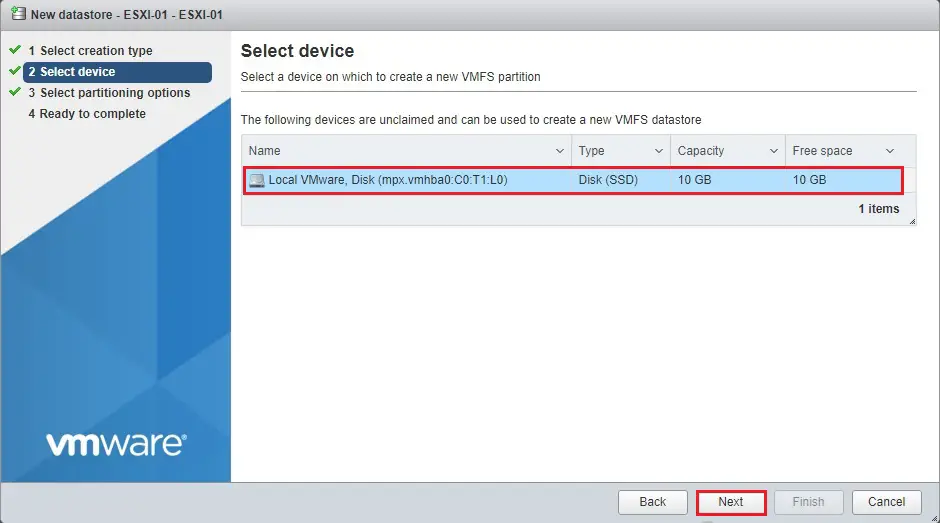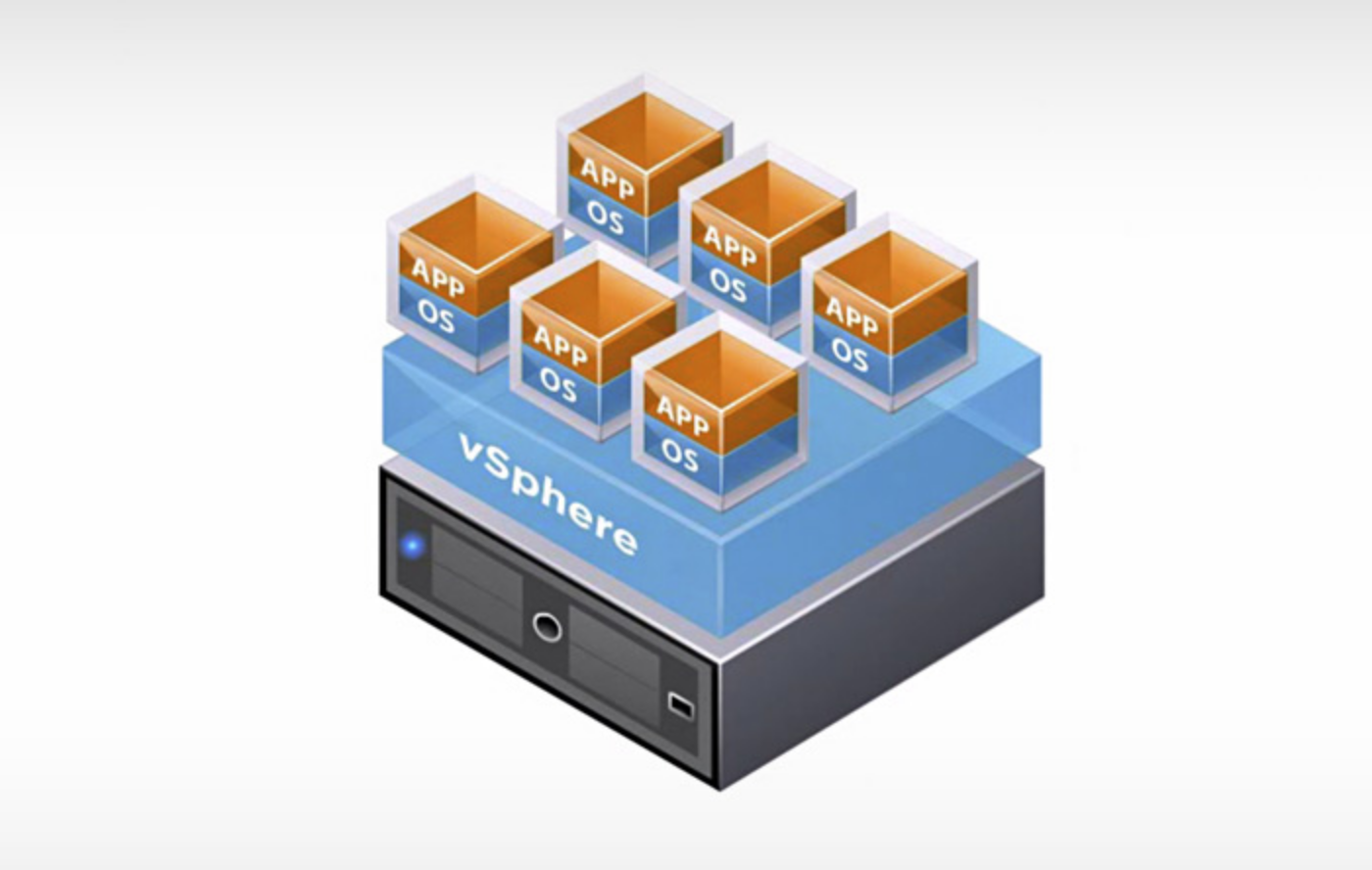

- #How to create a bootable usb for vmware esxi 6.7 mac os x
- #How to create a bootable usb for vmware esxi 6.7 install
- #How to create a bootable usb for vmware esxi 6.7 pro
- #How to create a bootable usb for vmware esxi 6.7 software
- #How to create a bootable usb for vmware esxi 6.7 iso
The last step is to modify a file on the USB key to tell the system which partition to use when booting up – on the USB key find the file called ‘ISOLINUX.CFG’, rename it ‘SYSLINUX.CFG’ and open it in any Terminal text editor such as vi or pico or open it in TextEdit (but do not open it in MS Word!). Copy all files from the installer onto the USB Key – you can use Terminal to do this but I simply dragged and dropped through the Finder. Copying and configuring ESXi…Ĭlose Terminal and mount the ESXI installer. After this is complete, remount the USB key onto the Desktop. You can always use the unmount button in Disk Utility. If at any point you get an error, make sure the volume has been unmounted but not ejected.

Next, enter fdisk’s interactive mode and select the desired volume – you can do this in one command with ‘fdisk -e /dev/disk’Īt the fdisk interactive prompt type ‘f 1’ (without quotes) to flag the first partition on the volume as active and bootable.įollow these commands with ‘write’ and next ‘quit’ to leave fdisk. If the command works you’ll get a Terminal confirmation that the volume has been unmounted. In Terminal type ‘diskutil unmount /dev/disk’ (as above).

We’ll now have to use the fdisk command to flag the USB key’s partition as bootable, but to do that you’ll have to first unmount the USB key from the system. In my case the USB key is called ‘ESXI’ and has the designation ‘/dev/disk2’, as you can see in the image below: Generally, your Macintosh HD will be mounted to /dev/disk0 and if you have your USB plugged in with no other external devices, it should be mounted at /dev/disk1. Find the system designated name for the USB key – You will know which disk it is by looking at the sizes of all of the volumes and the volume name. In Terminal, type in ‘diskutil list’ (without quotes) and hit enter to see all of the volumes mounted on your system. Next, open Terminal, located in the /Applications/Utilities folder. Although you can do this through Terminal and keep your command line ego intact (man diskutil to find out more), the quickest way is to use Disk Utility: Get your USB key – as the source files are so small a 512MB or 1GB key is sufficient.įormat the USB key with a Master Boot record partition map and a FAT32 file system.
#How to create a bootable usb for vmware esxi 6.7 iso
iso files and the whole image is about 400MB, so is quick to download.
#How to create a bootable usb for vmware esxi 6.7 software
Once you have done this you can proceed to download the software – there are a few different options here, but make sure you download the ESXi software which is usually labelled ‘VMWare vSphere Hypervisor (ESXi)’, rather than vCenter, vCenter appliance and so on. You need a VMWare account in order to download the software, but it’s totally free and only takes a few minutes. You can get this from the VMWare website the UK portal is at. The first step is to download the ESXi software and copy it to the USB key. Anyway, once I had read the documentation there were still a few things not covered, so I thought I would document the steps I took to get the platform installed: Download ESXi… I had a couple of issues doing this, mostly my fault as, of course, I jumped straight in and didn’t read any of the documentations.
#How to create a bootable usb for vmware esxi 6.7 pro
Posted on 19th April 2018 by James | Tags: esxi, how to, servers, vmwareĪ couple of days ago I wanted to test VMware ESXi 5.5 on a Mac Pro 4,1 (quad-core XEON 2.66GHz / 8GB RAM).
#How to create a bootable usb for vmware esxi 6.7 mac os x
Have to download 3.86, "make installer" and then transfer that to USB.How to create an ESXi usb installer on Mac OS X also found out that syslinux 6.x is not supported for esxi 6.7 ( I am running Linux Mint 19.2 ). creating a bootable USB for VMware esxi was also not fun. my R610 server issue, also frustrating, since I had esxi 6.5 installed on it before = just had to use the back-USB ports for UEFI to see the device I think this confirms that it is a BIOS incompatibility issue with older servers I proceeded to restore all the files I modified to see if I can bypass the errors somehow (wishful) someone else reported that VMW version worked for them under UEFI To clarify "found", was a lot of searching for the right things and finding helpful posts.
#How to create a bootable usb for vmware esxi 6.7 install
after restoring the boot.cfg for BIOS and EFI, I was able to install esxi 6.7 with the bnxtroce.v00 loaded without an issue. to fix this problem, you need to boot via UEFI ( only the back USB ports are apparently visible to UEFI ) hours later, here is what I have found with my Dell R610.


 0 kommentar(er)
0 kommentar(er)
